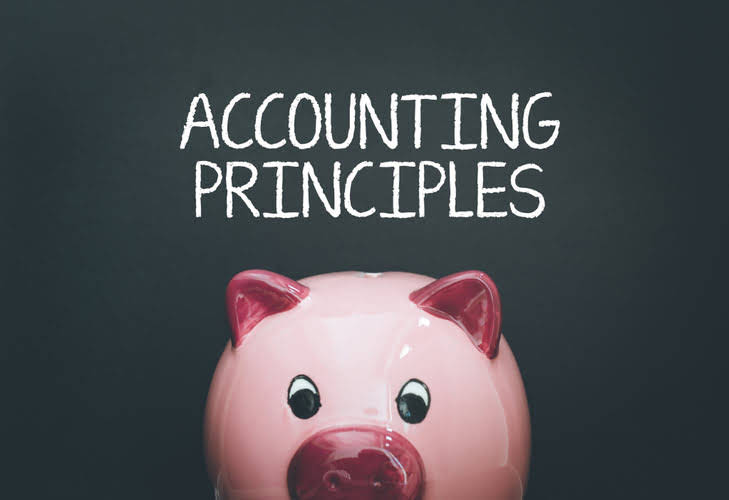
The IRS requires that the constant yield method be used to amortize a bond premium every year. Those who invest in taxable premium bonds typically benefit from amortizing the premium, because the amount amortized can be used to offset the interest income from the bond. This, in turn, will reduce the amount of taxable income the bond generates, and thus any income tax due on it as well. To calculate interest expense for the next semiannual payment, we subtract the amount of amortization from the bond’s carrying value and multiply the new carrying value by half the yield to maturity. To calculate interest expense for the next semiannual payment, we add the amount of amortization to the bond’s carrying value and multiply the new carrying value by half the yield to maturity.

The result is that the company receives only $92,639.91 from selling these bonds. Thus, the bonds are sold at a discount of $7,360.09 ($100,000 in face value minus proceeds of $92,639.91). Enter the number of times interest payments are made on the bond each year. For example, a semi-annual bond has two interest payments each year and the number 2 would be entered.
Cash is Received and Bonds are Issued
When a bond is sold at a discount, the amount of the bond discount must be amortized to interest expense over the life of the bond. Next, let’s assume that just prior to offering the bond to investors on January 1, the market interest rate for this bond increases to 10%. The corporation decides to sell the 9% bond rather than changing the bond documents to the market interest rate. Since the corporation is selling its 9% bond in a bond market which is demanding 10%, the corporation will receive less than the bond’s face amount.
Unlike notes payable, which normally represent an amount owed to one lender, a large number of bonds are normally issued at the same time to different lenders. These lenders, also known as investors, may sell their bonds to another investor prior to their maturity. When a bond is issued at a value above or below its par value, a premium or discount is created. In order to account for the bond properly, this premium or discount needs to be amortized over the lifetime of the bond. As we mentioned above, when the coupon rate is above the prevailing equivalent interest rate a bond is being issued at a premium to bond holders. The bond holders are willing to pay a premium because the interest rate they will receive, the coupon rate, is higher than is being paid in the market at that point.
Bonds Issued at a Discount
The interest payments of $4,500 ($100,000 x 9% x 6/12) will be required on each June 30 and December 31 until the bond matures on December 31, 2027. We already know which account to debit and credit how to calculate premium on bonds payable as per the straight-line method we covered above, however, the figures is what we now need to change. For the debit part of the journal entry for the bonds payable premium, $10,619 is recorded.
- As we mentioned above, when the coupon rate is above the prevailing equivalent interest rate a bond is being issued at a premium to bond holders.
- What this means is it is attached to another account with the same natural balance, ie a debit or credit.
- Investing in stocks and bonds can help to build wealth for anyone with disposable income.
- The following table summarizes the effect of the change in the market interest rate on an existing $100,000 bond with a stated interest rate of 9% and maturing in 5 years.
- Double Entry Bookkeeping is here to provide you with free online information to help you learn and understand bookkeeping and introductory accounting.
- In our example, the bond premium of $4,100 must be reduced to $0 during the bond’s 5-year life.
Like the premium, the bond discount considers the difference between interest rates. It refers to the deficit generated from issuing bonds below their face value. Similarly, it relates to discount bonds, which describe bonds trading below their face value. After the payment is recorded, the carrying value of the bonds payable on the balance sheet increases to $9,408 because the discount has decreased to $592 ($623–$31). As we mentioned in our discount on bonds accounting tutorial, we have a whole article dedicated to the effective interest method and the detail behind it; that article can be found here.
Bond Premium with Straight-Line Amortization
For the second year, you’ve already amortized $6 of your regular bond premium, so the unamortized bond premium is $80 minus $6 or $74. Multiply $1,074 by 5% to get $53.70, subtract it from $60, and you can see that you’ll amortize $6.30 in the second year, leaving you with $67.70 in unamortized bond premium. The amortizable bond premium is a tax term that refers to the excess price paid for a bond over and above its face value. Depending on the type of bond, the premium can be tax-deductible and amortized over the life of the bond on a pro-rata basis. Every six months, XYZ Corp. will naturally have to pay its bondholders cash coupons of $5,000.
Are NS&I Premium Bonds worth it? – Times Money Mentor – The Times
Are NS&I Premium Bonds worth it? – Times Money Mentor.
Posted: Thu, 18 Apr 2024 07:00:00 GMT [source]
We will also look at the journal entry for the repayment of the bond at maturity. At the time, the market rate is lower than 8%, so investors pay $1,100 for the bond, rather than its $1,000 face value. The excess $100 is classified as a premium on bonds payable, and is amortized to expense over the remaining 10 year life span of the bond. At that time, the recorded amount of the bond has declined to its $1,000 face value, which is the amount the issuer will pay back to investors.
Definition of Premium on Bonds Payable
To calculate the amount to be amortized for the tax year, the bond price is multiplied by the yield to maturity (YTM), the result of which is subtracted from the coupon rate of the bond. The cost basis of the taxable bond is reduced by the amount of premium amortized each year. The unamortized bond premium is the part of the bond premium that will be amortized (written off) against expenses in the future. If the bond pays taxable interest, the bondholder can choose to amortize the premium, that is, use a part of the premium to reduce the amount of interest income included for taxes. In a case where the bond pays tax-exempt interest, the bond investor must amortize the bond premium. Although this amortized amount is not deductible in determining taxable income, the taxpayer must reduce their basis in the bond by the amortization for the year.
